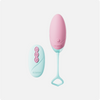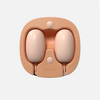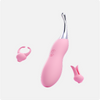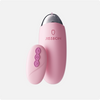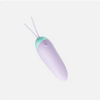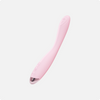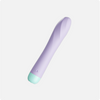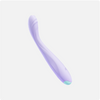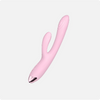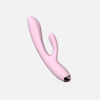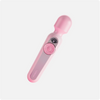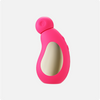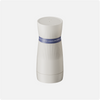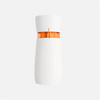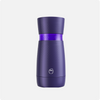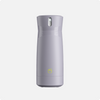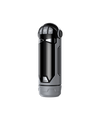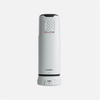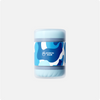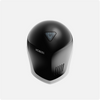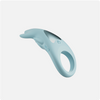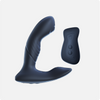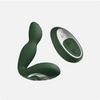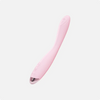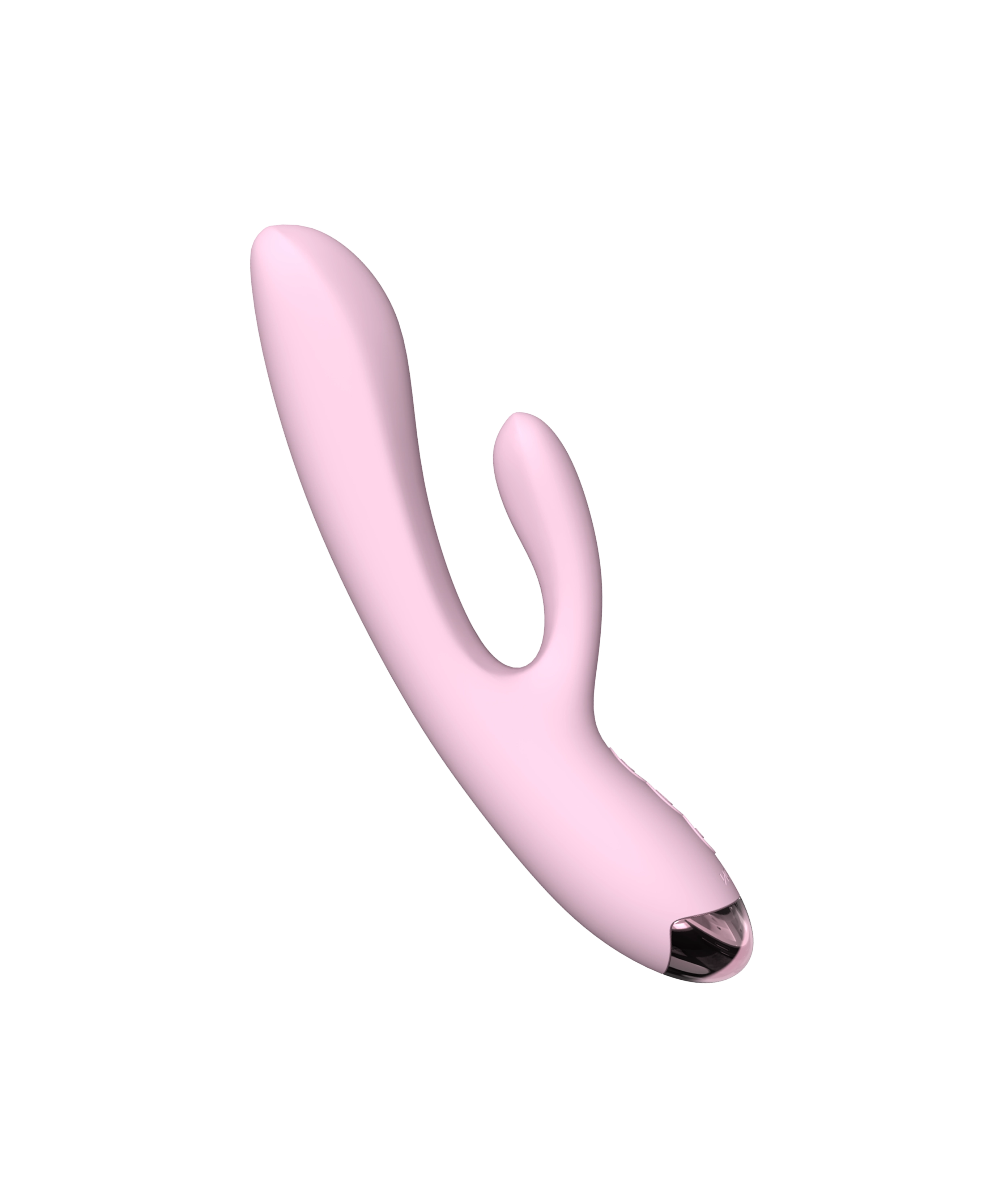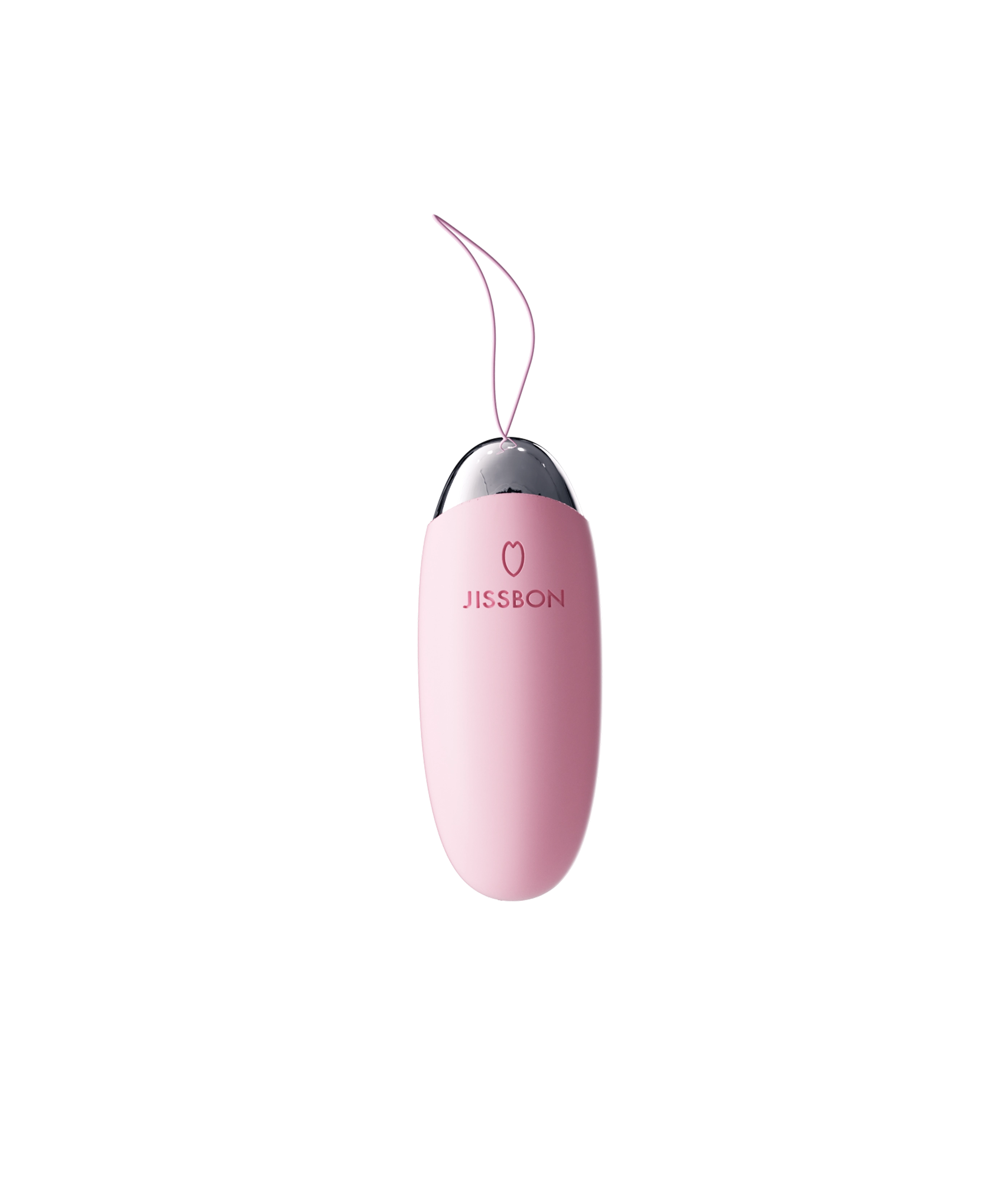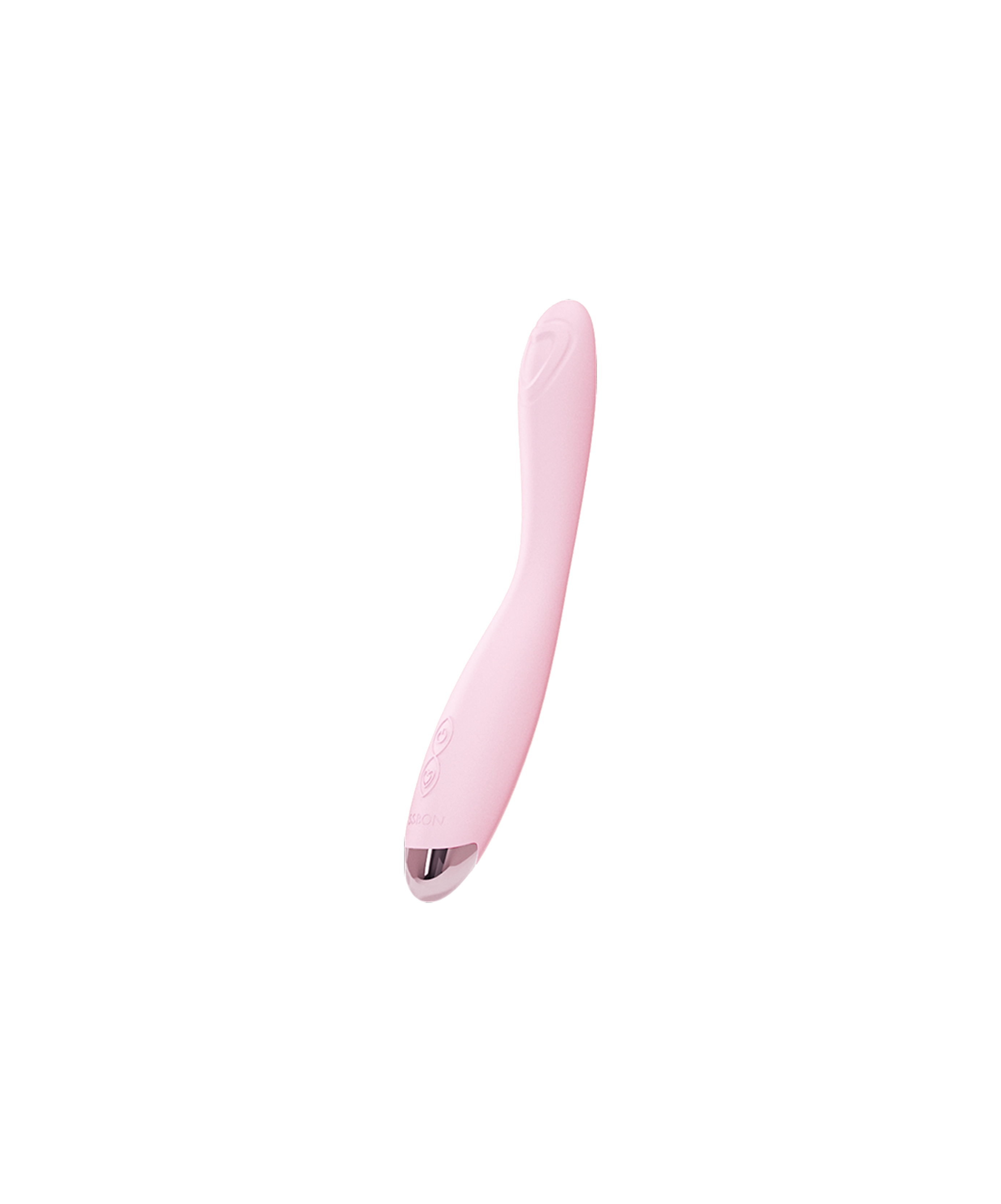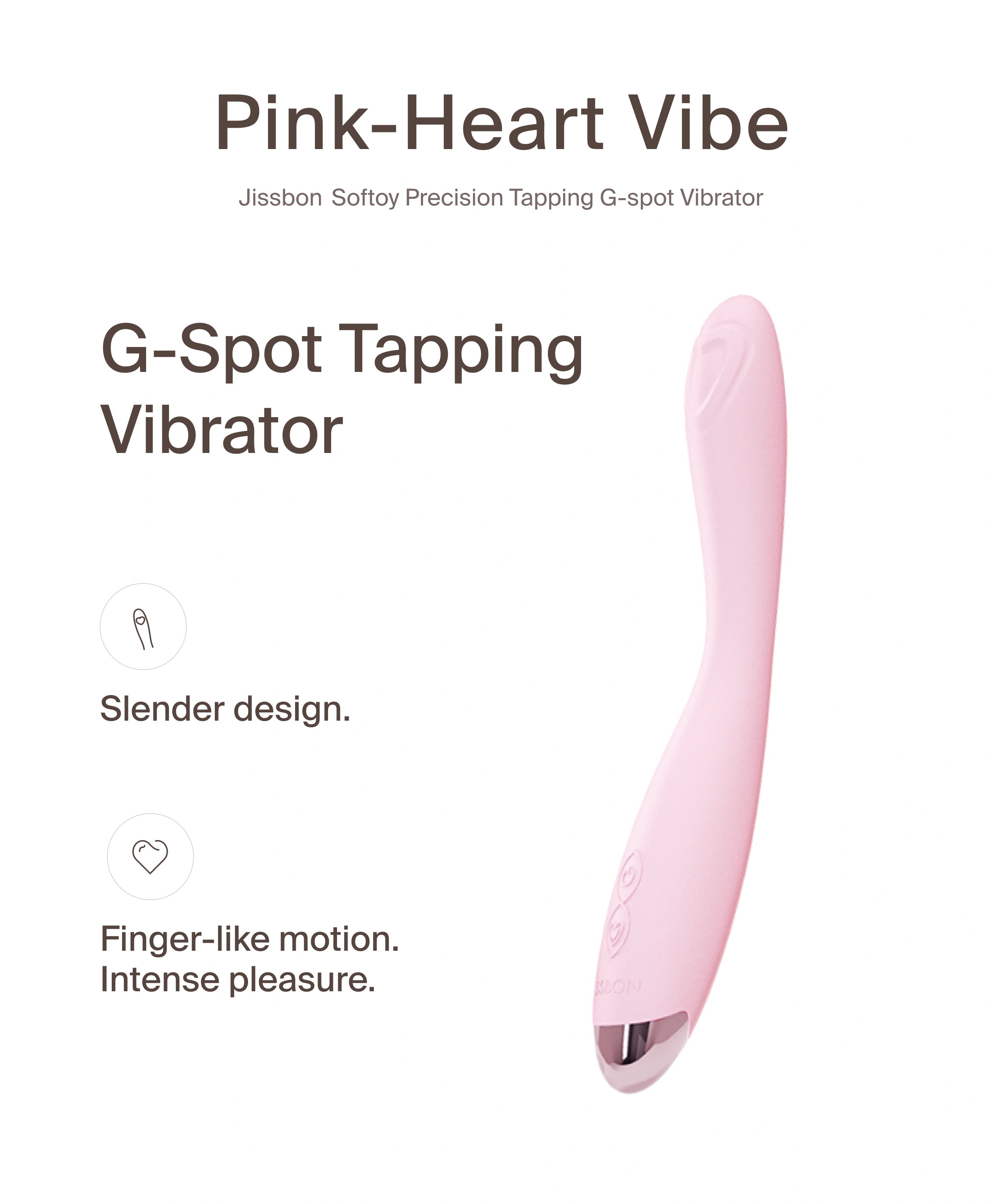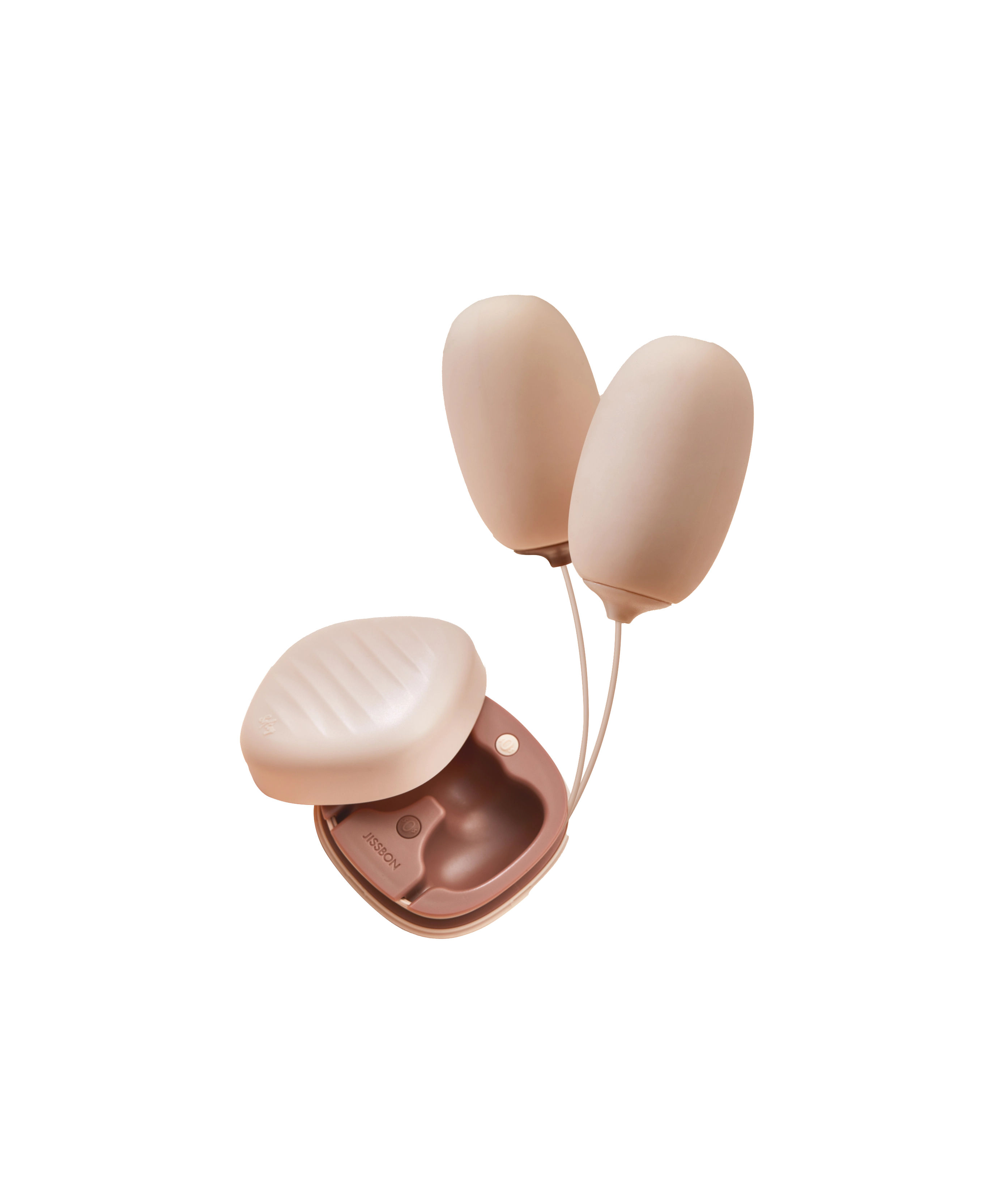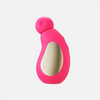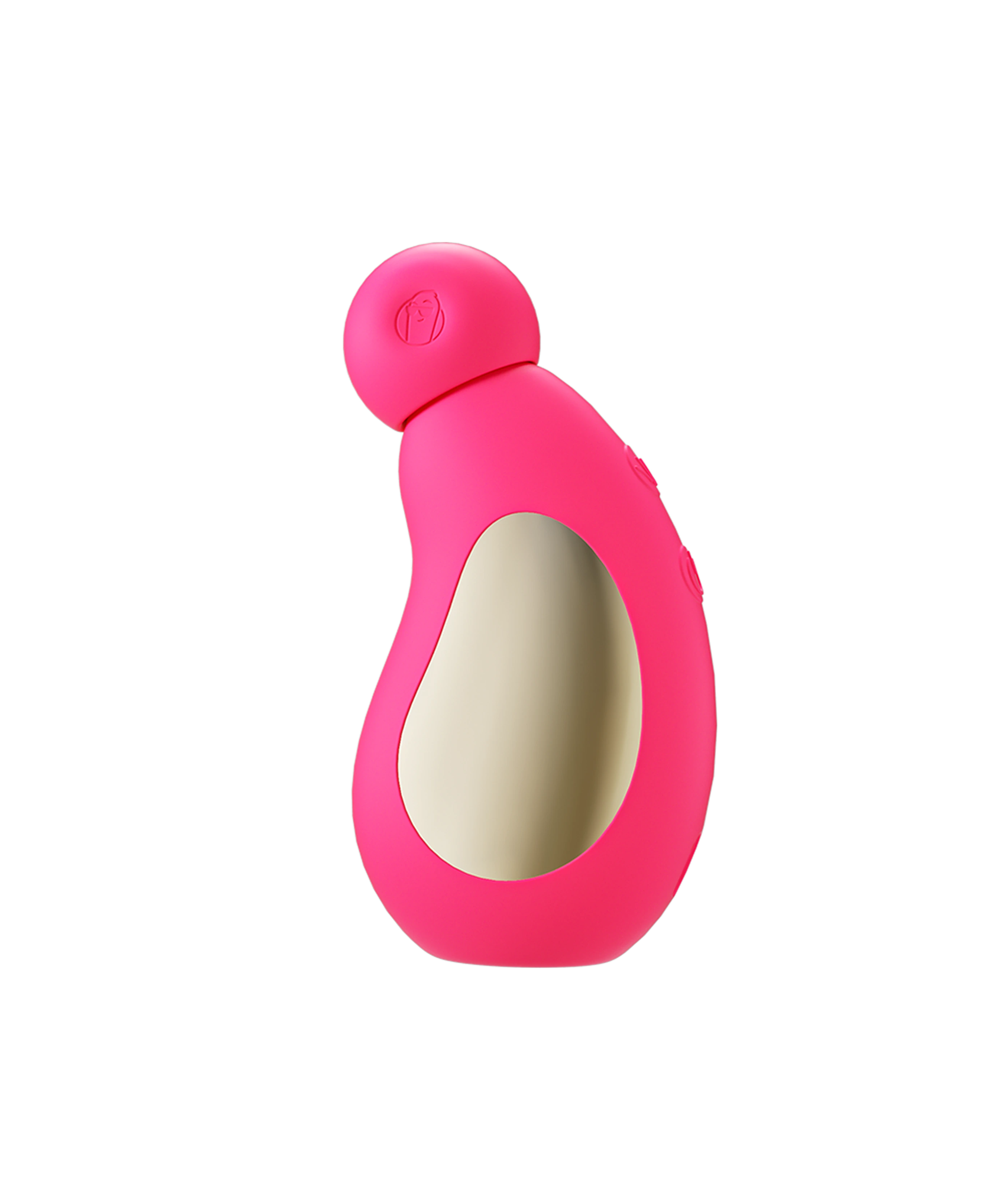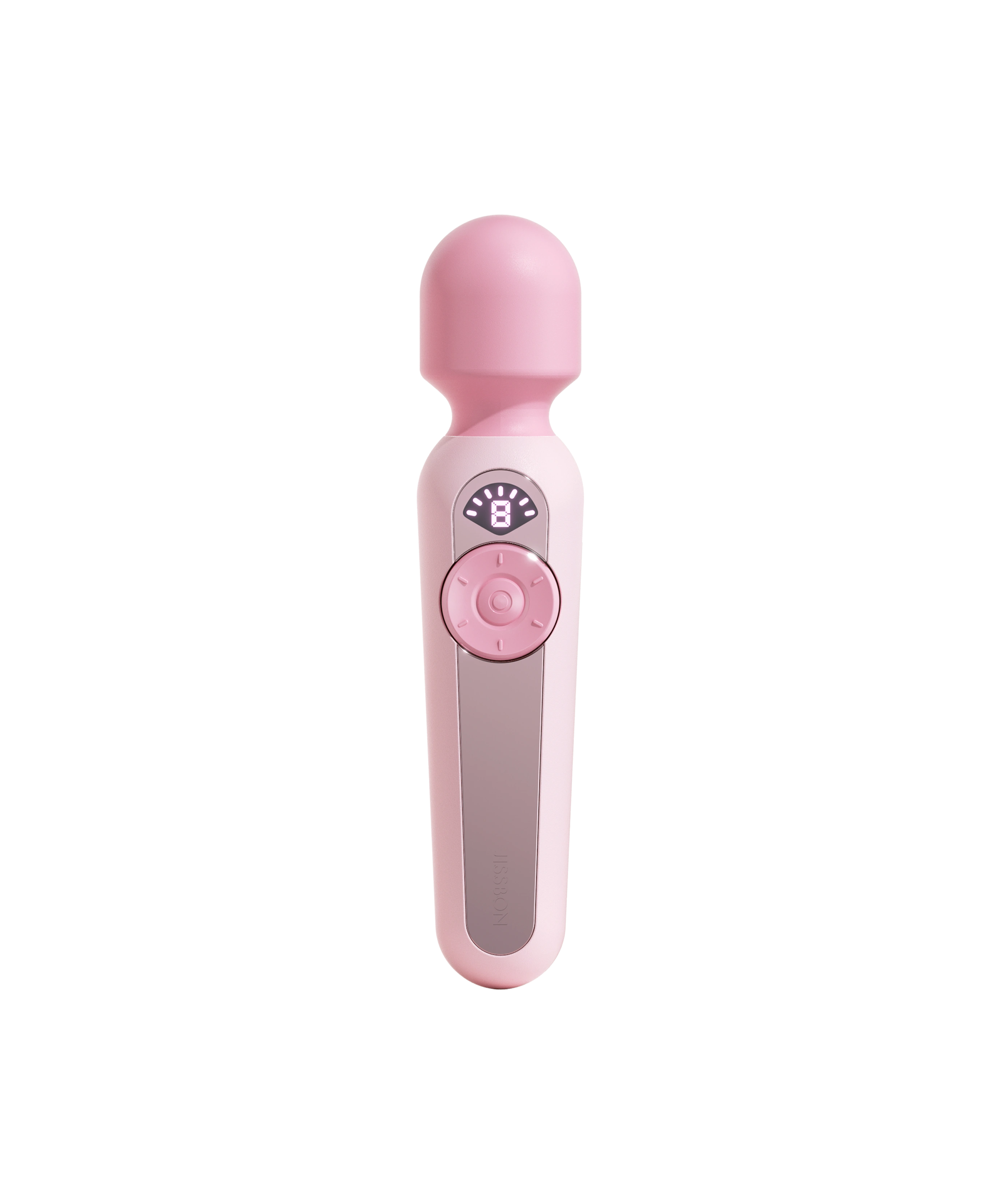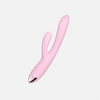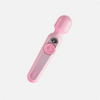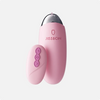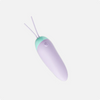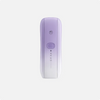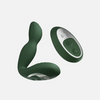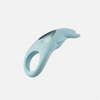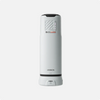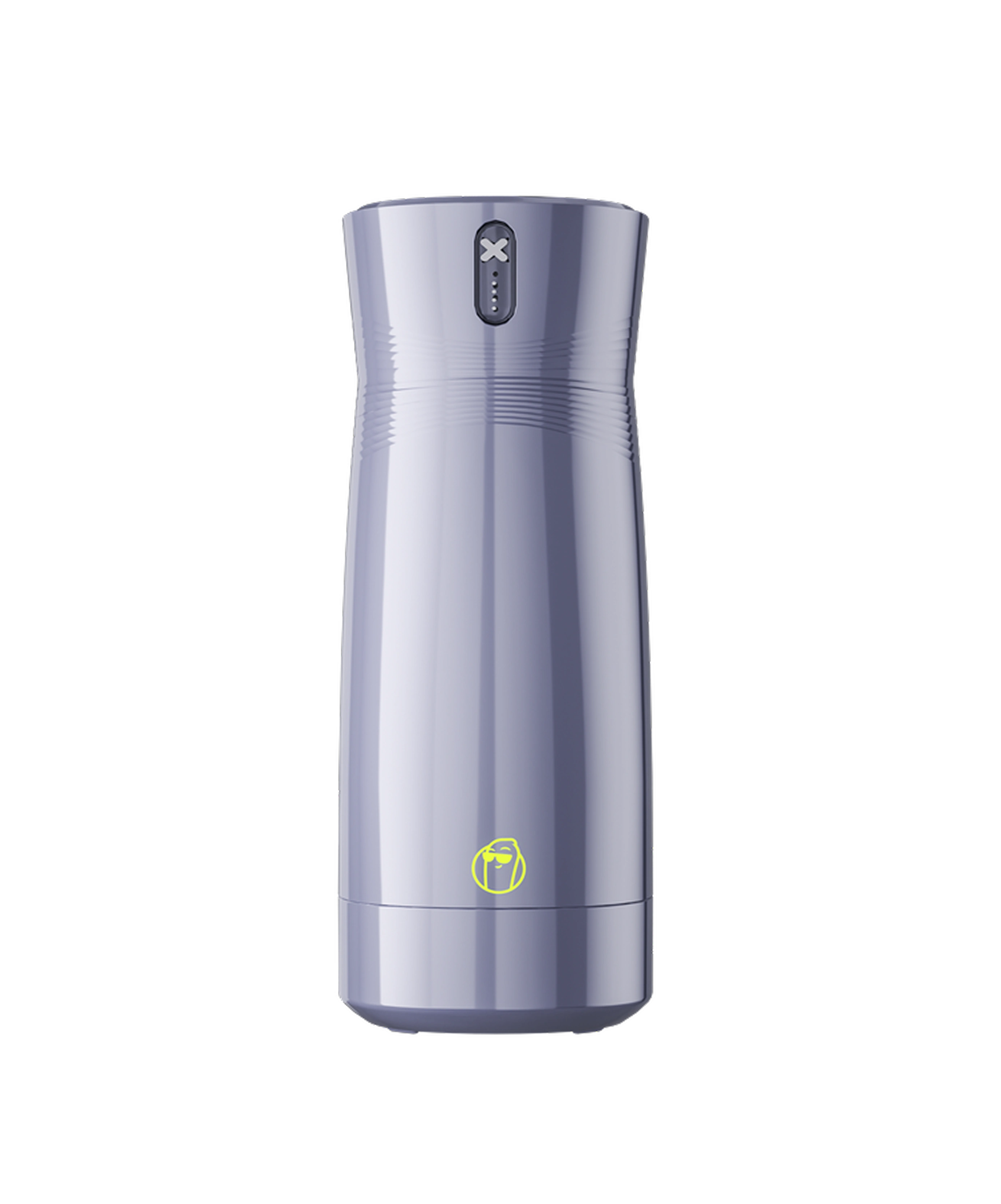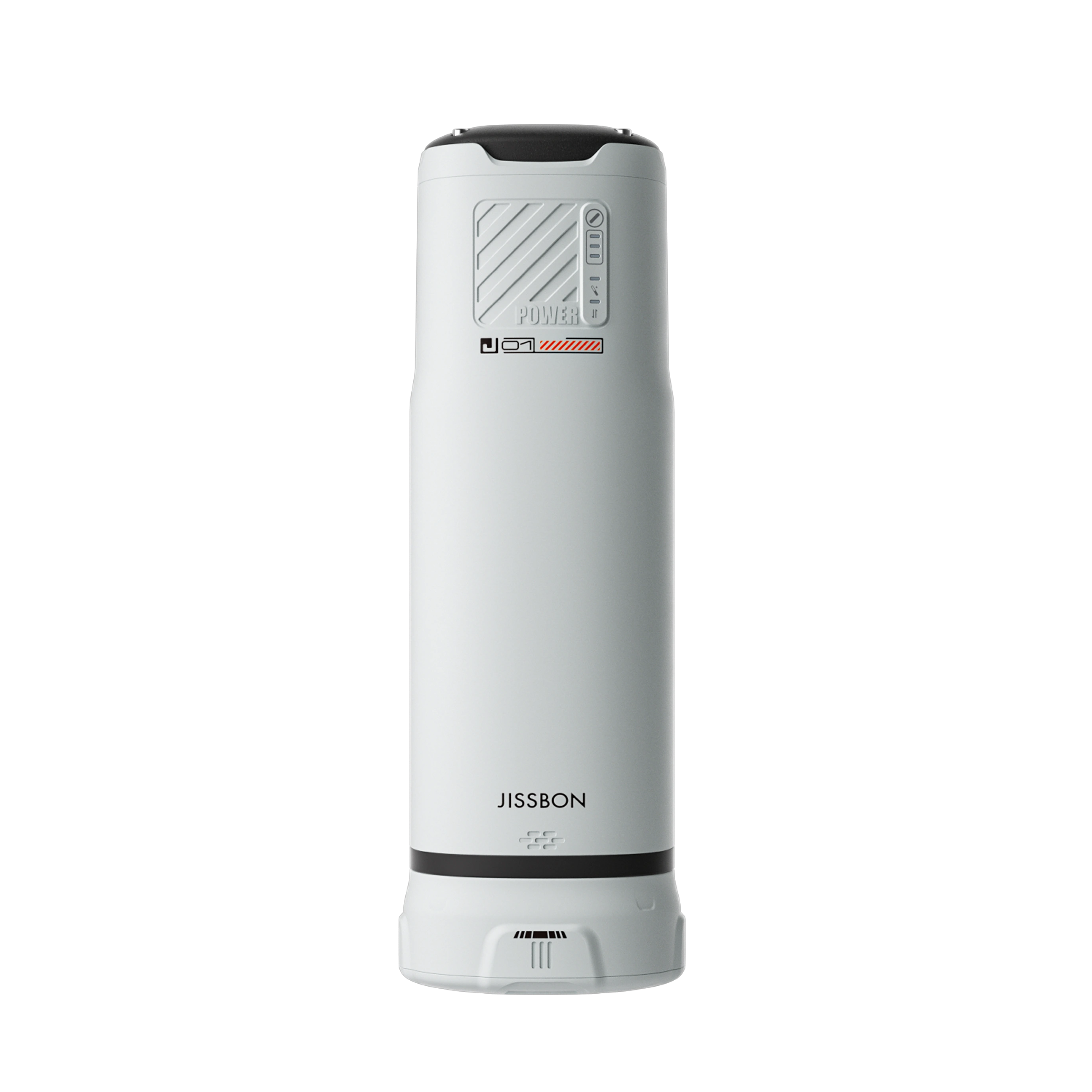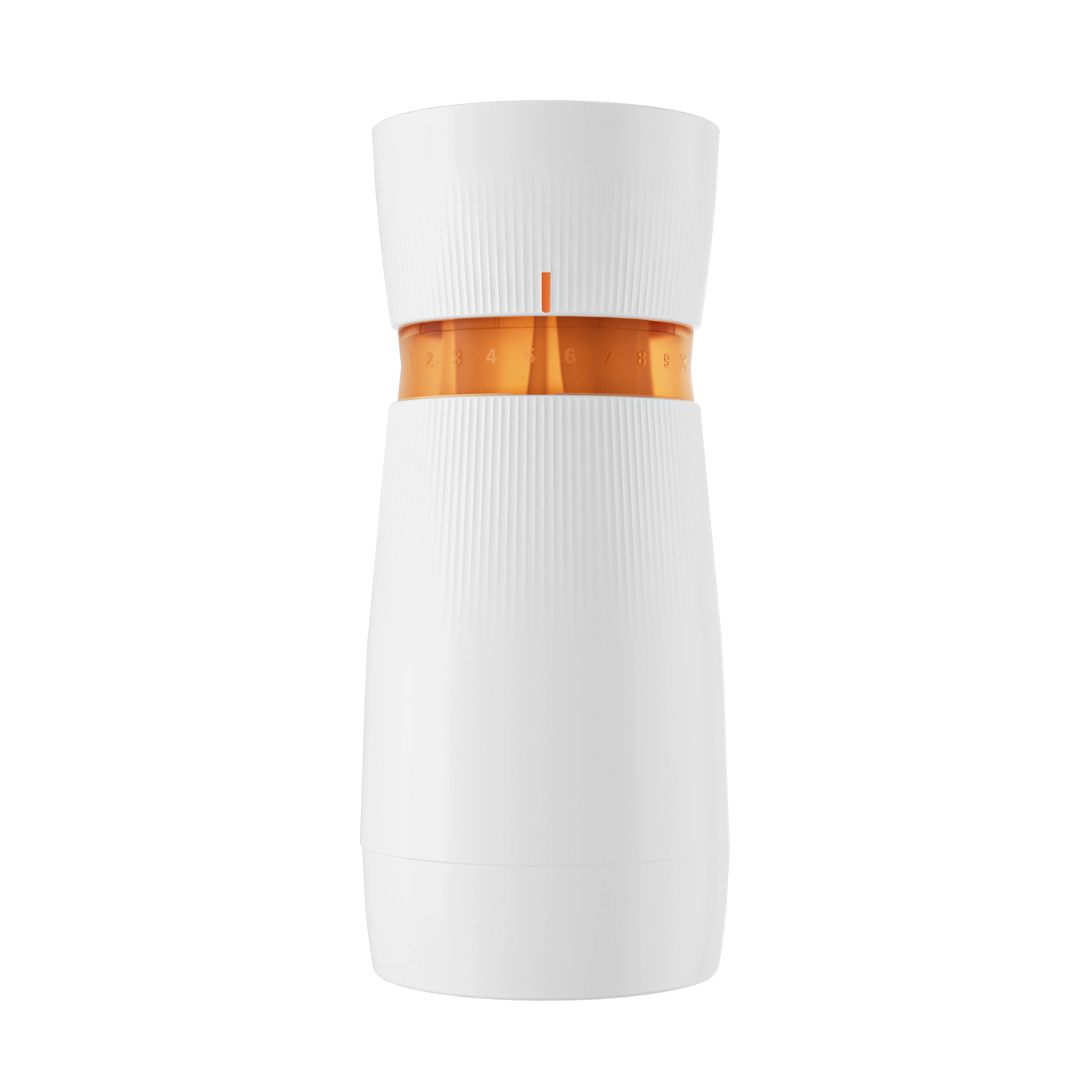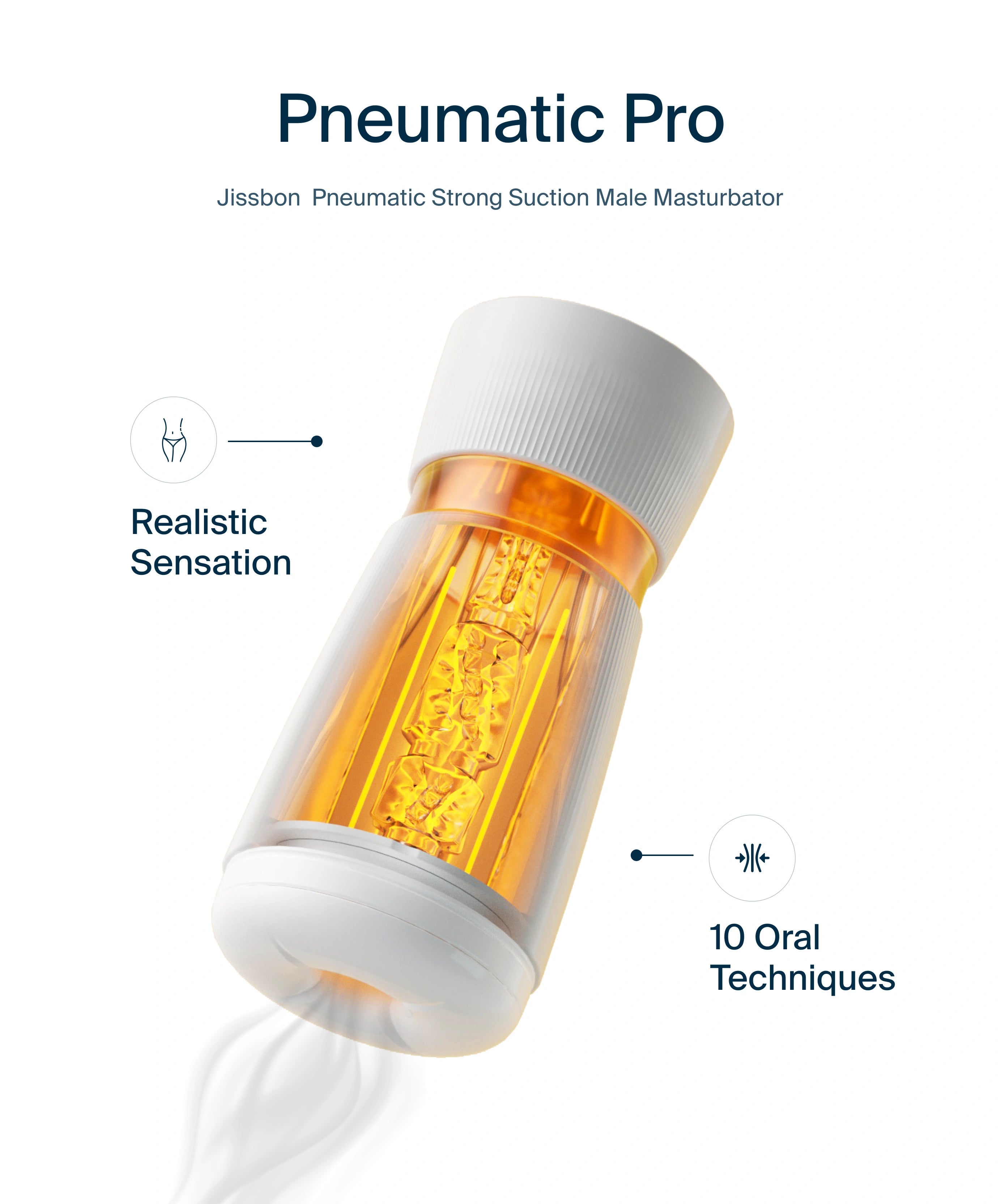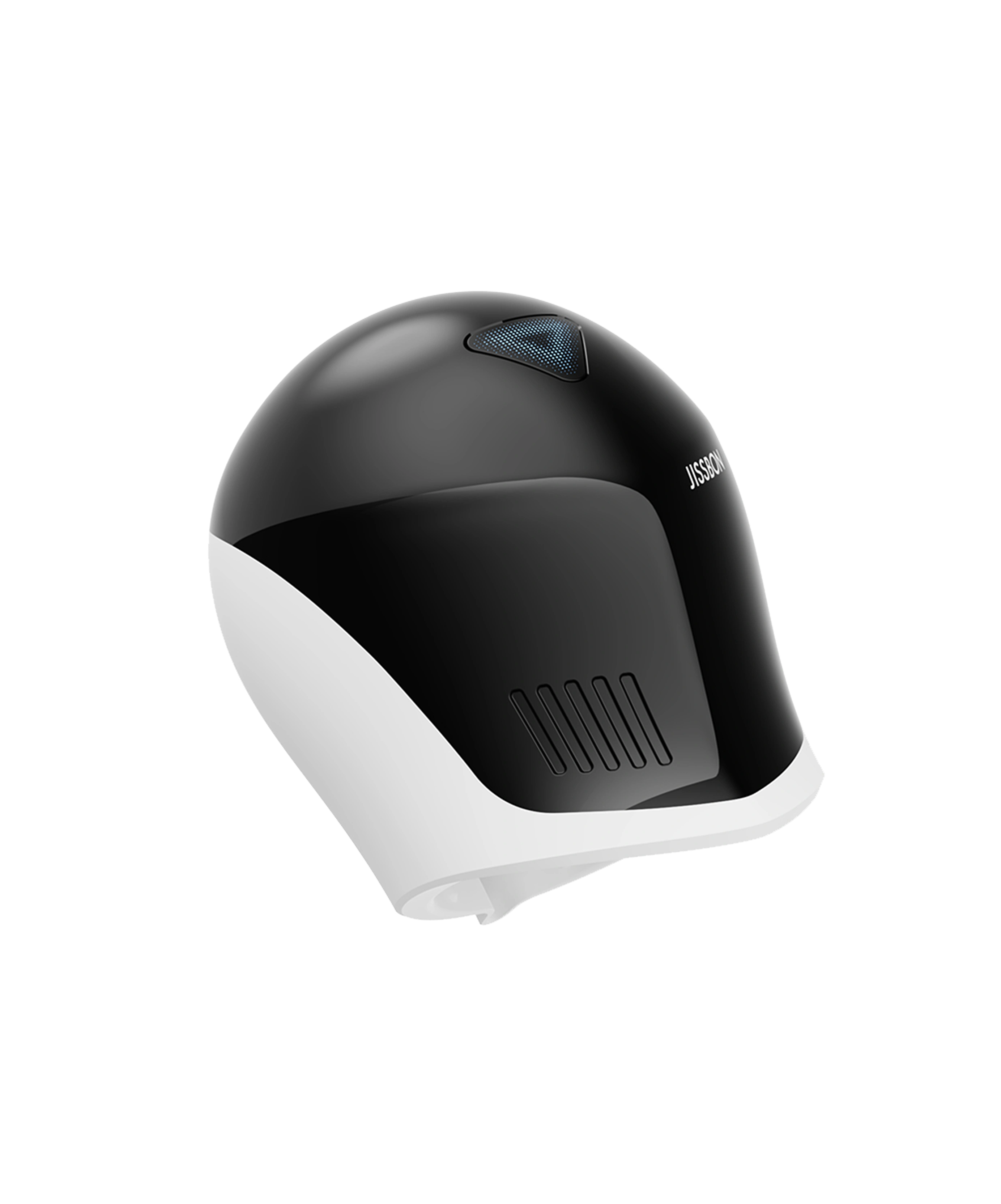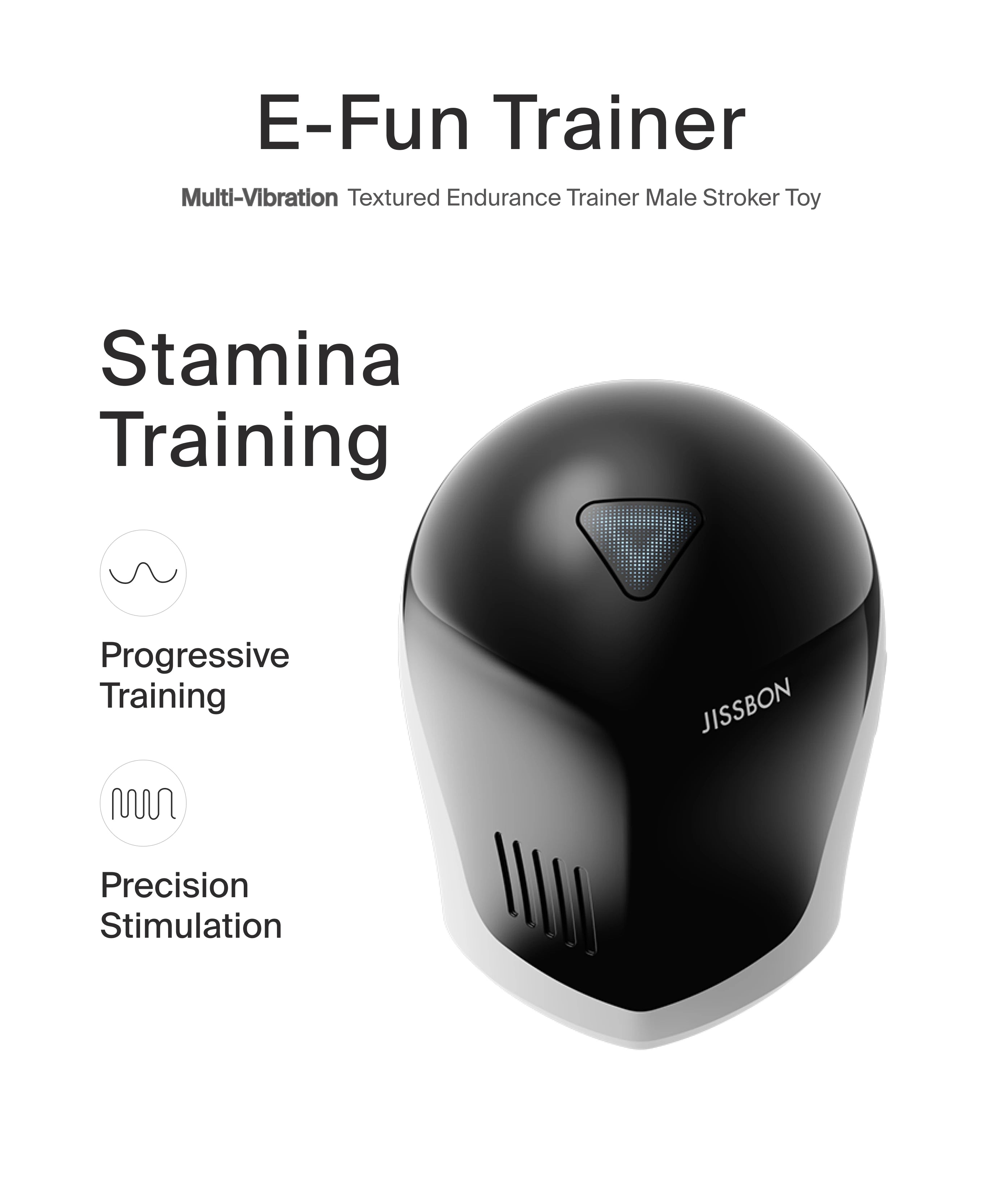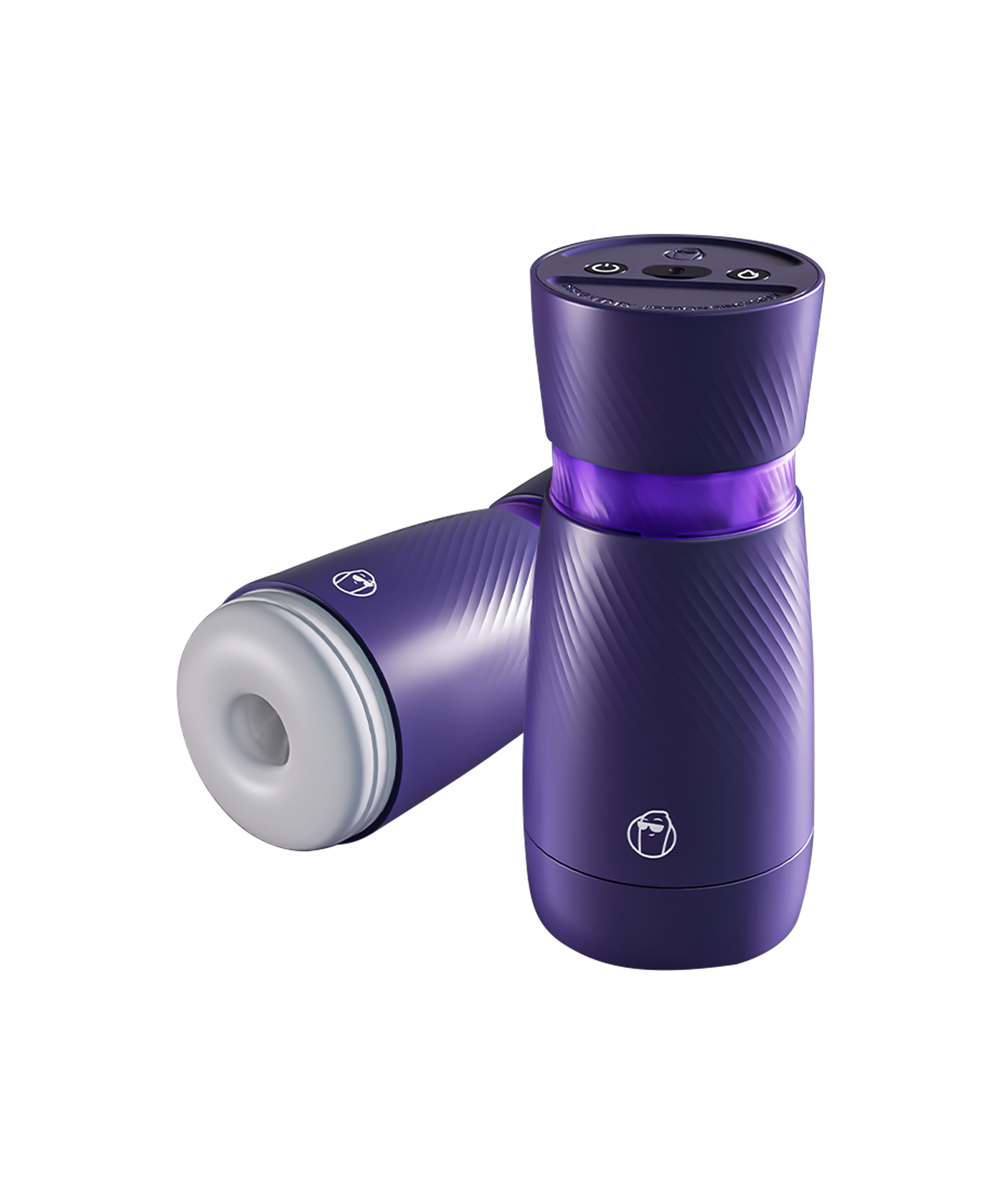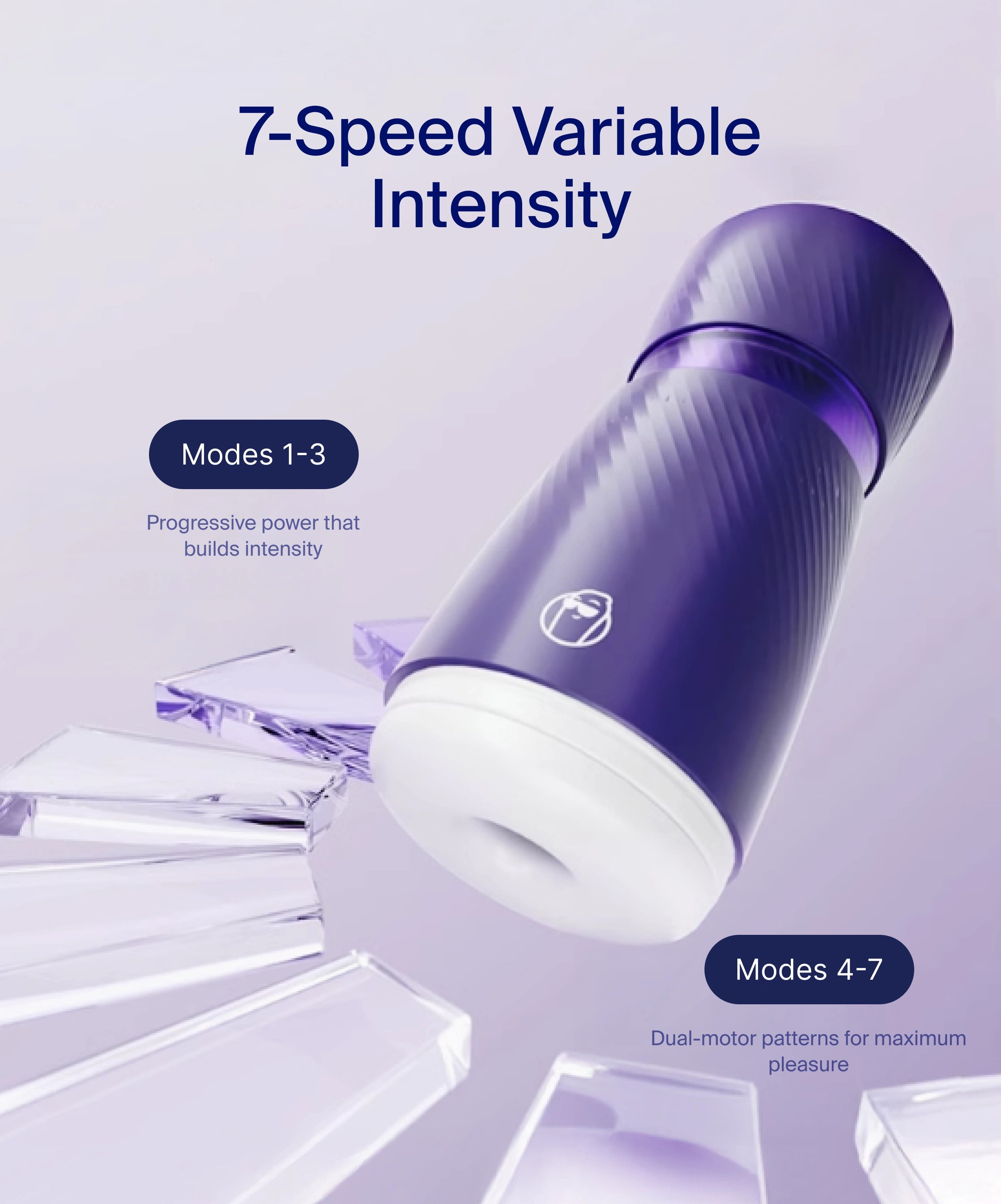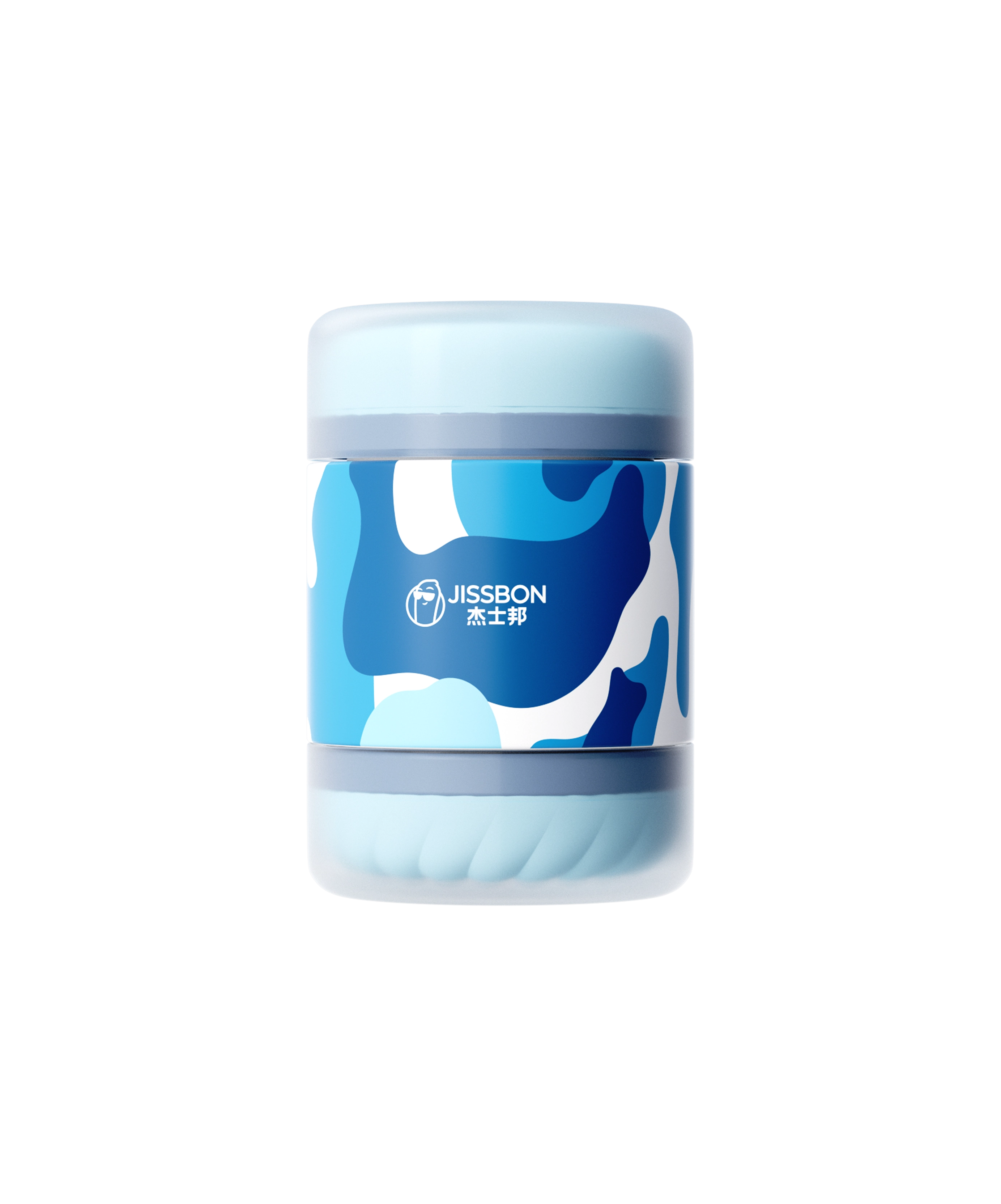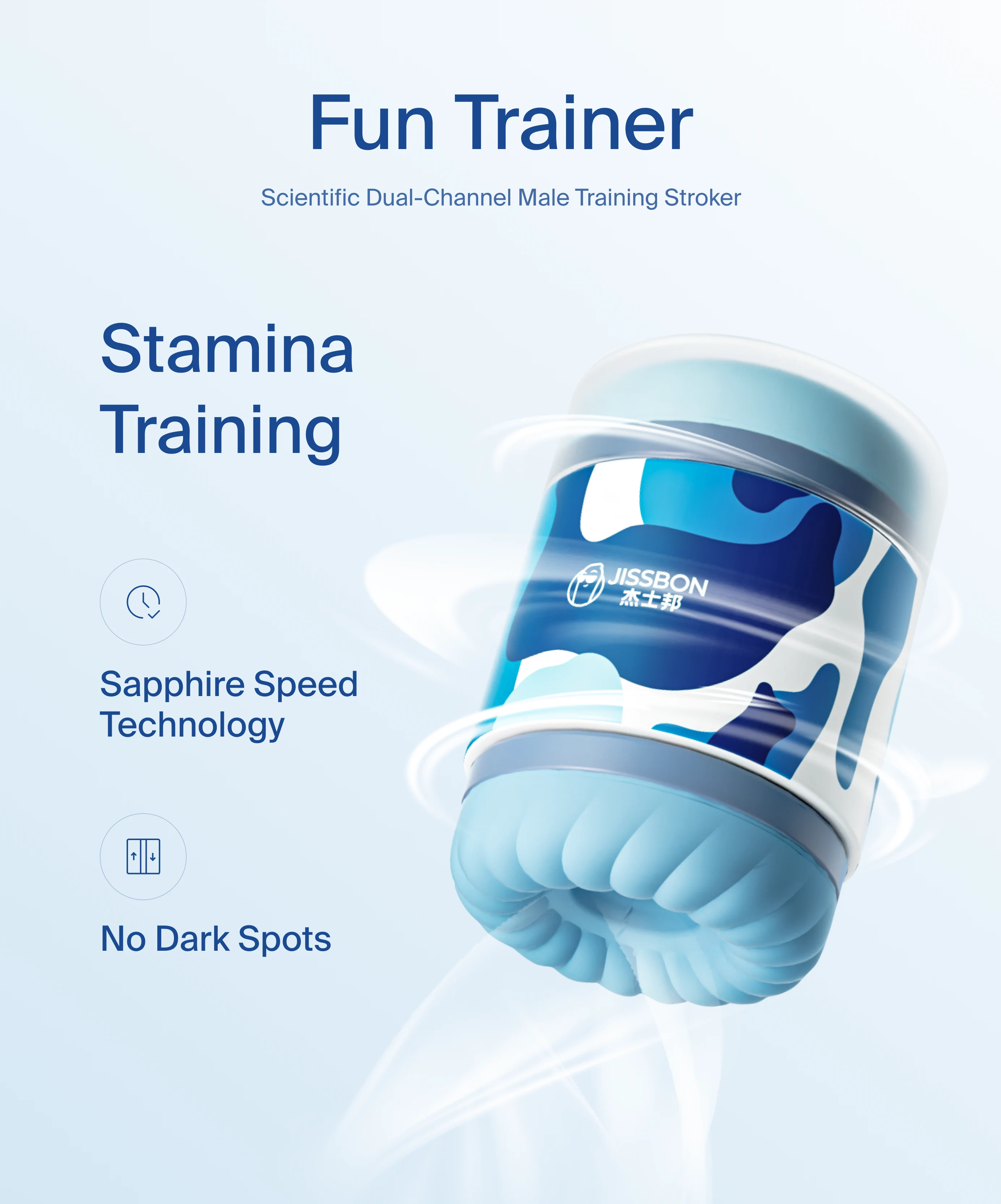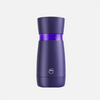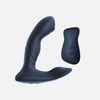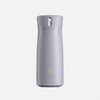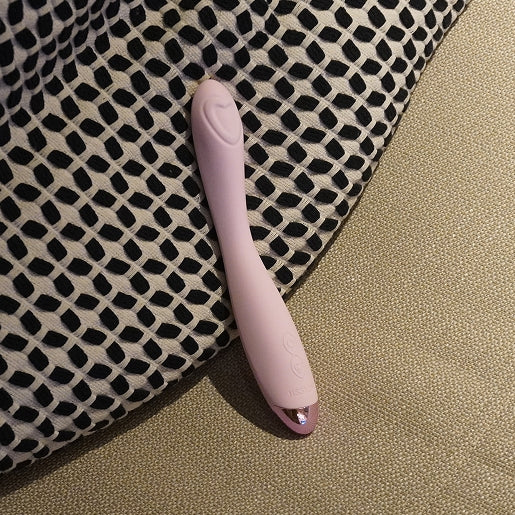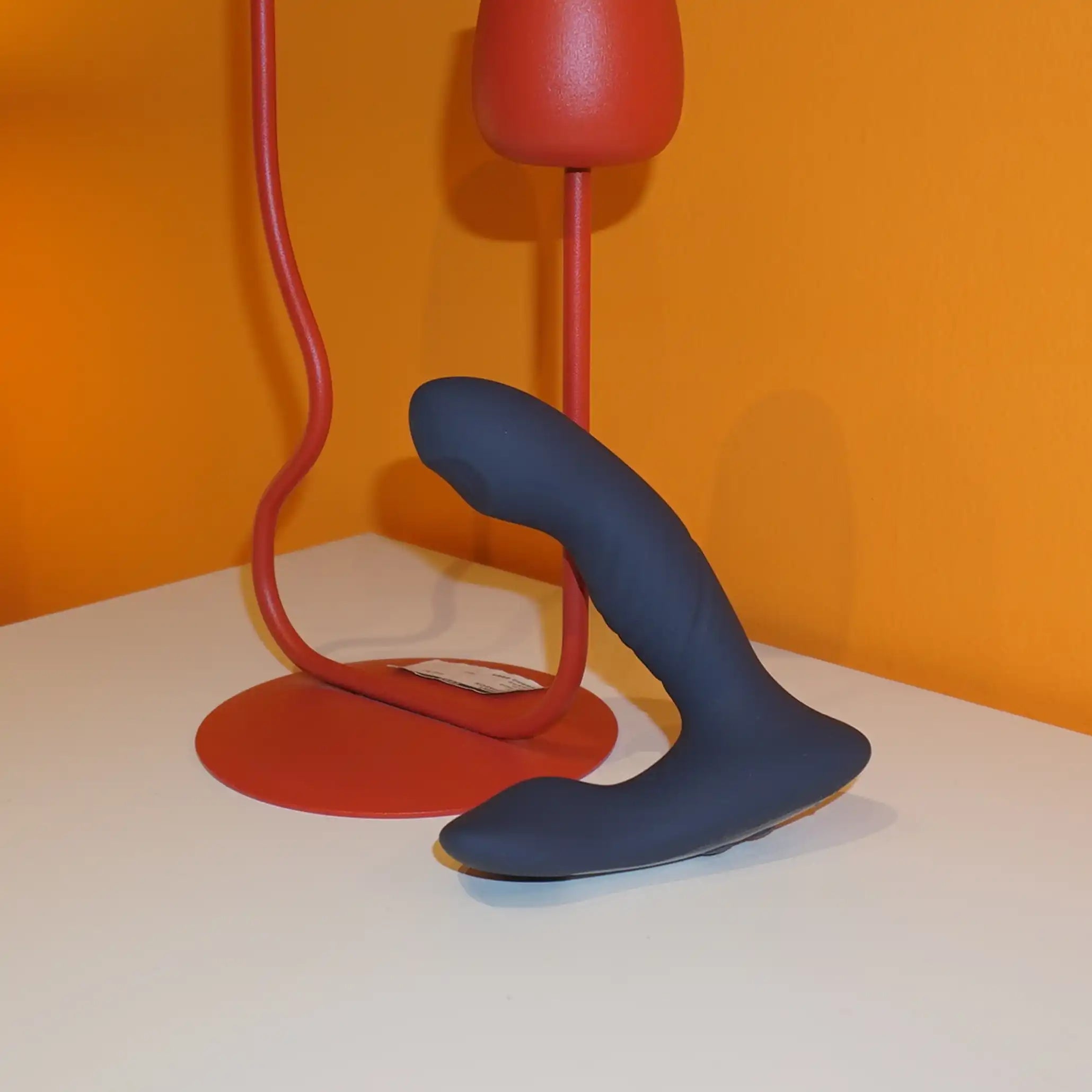Searching how to make a pocket pussy without glove? You’re not alone. Plenty of DIY tutorials use latex or nitrile gloves, but not everyone wants that—maybe you’re allergic to latex, you don’t like the feel, or you just want a simpler setup.
This guide covers glove‑free DIY pocket pussy builds that use common household items, and shows you how to keep things safer with barriers, lube, and cleaning. We’ll also compare DIY to professionally made strokers so you can decide what’s best for your body and budget.
Important: This is adult education, not medical advice. If anything hurts, stings, or causes irritation, stop and reassess. When in doubt, choose a professionally made masturbator.
First things first: safety rules (read these once)
Use a body‑safe barrier when you can (even without a glove).
“Glove‑free” doesn’t have to mean “bare.” Using a condom over the DIY sleeve is an easy, disposable barrier that reduces mess and surface contamination—this is a common safer‑use tip in sexual‑health guidance.
Prefer non‑porous contact surfaces.
Non‑porous materials (e.g., 100% silicone, glass, metal, hard plastic) don’t soak up fluids and are easier to clean; porous materials can harbor bacteria. This is why many pro toys use body‑safe silicone.
Clean every time—before and after.
Mild, unscented soap + warm water, thorough rinse, then dry fully. Porous DIY builds can’t be fully disinfected, so treat them as temporary and replace often.
No sharp edges, no tight bands, no vacuum seal.
Smooth any cut plastic/foam; don’t cinch rubber bands so tight they restrict blood flow (a frequent expert warning in DIY roundups); and leave a small air path so your case doesn’t “suction‑lock.”
Lube smart.
Use water‑based lubricant. Oils can degrade some plastics/liners and increase infection risk; silicone lubes can damage silicone sleeves.
Why people ask for “without a glove”
- Latex sensitivity. Many glove tutorials rely on latex; swapping to a non‑latex condom solves the barrier issue without a glove.
- Feel & friction. Some folks prefer a condom‑lined surface (thinner) or a fabric‑lined path (with a condom on the penis).
- Convenience. Gloves aren’t always handy; condoms are easy to find and dispose of.
What the internet suggests (and why you should tweak it)

Popular DIY pages list everything from chip cans + sponges to towel rolls, balloons, and socks. They’re creative—but many rely on gloves or tricky materials. Use these ideas as inspiration, then swap in glove‑free barriers and safer assembly.
Materials you can use (glove‑free)
-
Barrier options (choose one):
- Soft padding: clean microfiber sock, clean hand towel, new soft sponges.
- Rigid shell (optional but helps): smooth sports bottle, plastic tumbler, or chip can with edges taped smooth (never raw metal/glass).
- Connectors: soft hair ties or a few loops of tape (not tight rubber bands).
- Lube: water‑based only.
Build #1 — “Sock & Sponge” (condom‑lined, glove‑free)

Good for: quick builds, firm squeeze, easy cleanup.
You’ll need: 1 thick microfiber sock, 2–3 new soft sponges, a smooth plastic cup/bottle (optional), 1–2 condoms, water‑based lube, tape.
Steps (≈5 min):
- Smooth the shell (optional). If using a cup/bottle, tape any sharp rim.
- Create the padding. Fold a sponge “taco” around a condom (still in its wrapper) to size your tunnel; remove wrapper, roll the condom over the sponges or insert to form a thin liner.
- Wrap with the sock. Slide the sock over the padded core; if using a shell, insert the sock‑wrapped core into it.
- Secure gently. A few loops of tape to keep it from shifting (not tight).
- Lube & use. Add a little water‑based lube into the condom‑lined tunnel; top up as needed. After, remove and trash the condom; hand‑rinse the sock/sponges with mild soap, dry completely, or rebuild fresh next time.
Why it works: The condom gives a slick, hygienic interface; the sock + sponge adds cushion and pressure; the shell maintains shape. (DIY lists commonly use sponges/towels; we’re just swapping glove → condom.)
Build #2 — “Towel Roll & Case” (adjustable tightness, no glove)

Good for: adjustable squeeze, longer tunnel, discreet storage.
You’ll need: hand towel, wide tumbler or sports bottle, 1 condom, tape/hair ties, water‑based lube.
Steps:
- Roll to fit. Fold towel lengthwise and roll, leaving a small channel through the center (a marker or toothbrush handle helps shape it—remove before use).
- Set the barrier. Unroll the condom and position it as the inner liner along the channel (or wear the condom on yourself).
- Shell it. Slide the rolled towel into the tumbler (open end facing you).
- Fine‑tune. Add or remove towel layers for tighter/looser fit; keep enough channel so it doesn’t collapse.
- Lube & test. Use water‑based lube inside the lined channel. After, discard condom; let the towel dry fully or launder before reuse.
Safety tip: Don’t tape so tight you create constriction. Men’s Health’s DIY round‑up specifically warns against overly tight bands in homemade builds.
Build #3 — “Pool Noodle Core” (easy shape, glove‑free)

Good for: consistent canal shape and cushy pressure.
You’ll need: new foam pool noodle segment (cleanly cut), 1–2 condoms, thin cloth sleeve (clean sock or cut t‑shirt), water‑based lube.
Steps:
- Smooth the edges. Trim with a sharp blade and lightly sand any rough foam; cover the cut ends with tape for a smooth mouth.
- Line it. Unroll a condom along the inner channel; optionally pull a thin sock sleeve over the noodle for exterior comfort.
- Lube & use. Add a little lube inside the condom liner. Replace the liner (condom) every time.
What not to use (and why)
- Bare plastic bags/plastic wrap. They tear easily and trap heat/moisture.
- Food items (fruit/bread). Common in DIY lists, but they’re porous and can introduce bacteria/sugar to the urethra—bad idea for recurrent use.
- Porous foams without a barrier. Hard to clean thoroughly; bacteria can persist. (Sexual‑health sources emphasize non‑porous surfaces for safety.)
- Anything with rough seams/edges or tight constrictors. If it can scratch skin or cut circulation, don’t use it.
Cleaning & aftercare (non‑negotiable)
- Before & after: Rinse contact surfaces with warm water + mild, unscented soap; dry completely. Even with a condom liner, clean the outer padding/shell if it got lube on it.
- Replace liners every time: Condoms are single use.
- If it smells, discolors, or stays damp—trash it. DIY builds are temporary. (Porous materials are harder to sanitize; professionals recommend non‑porous toys for longevity.)
DIY vs. professional strokers: which is better for you?
DIY pocket pussy (glove‑free)
- Pros: Cheap, fast, creative; you can tune tightness with towels/socks; discrete.
- Cons: Porous, inconsistent, and not truly sanitizable; liners and padding wear out; higher risk of irritation or infections if cleaning is skipped.
Professionally made strokers
- Pros: Engineered textures, non‑porous or safer formulations, removable sleeves, better suction control, and clear cleaning guidance. Many publications advise non‑porous materials (e.g., silicone) for easier sanitizing and safety.
- Cons: Cost more up front.
If you’d rather skip the crafting:
Explore Male Stroker Toys or try a tunable option like the Vibrating Male Stroker—adjustable pressure and patterns without DIY guesswork (use water‑based lube; clean before/after).
“How to make a pocket pussy without gloves” — quick recipes (1‑minute builds)
- The “Condom + Sock”: Insert two new sponges into a microfiber sock → roll a condom along the inner path → add a few drops of lube. (Optional cup shell for structure.)
- The “Towel Tunnel + Condom on You”: Roll a towel to form a channel → put the condom on your penis → lube → slide into the towel tunnel. Launder the towel after.
- The “Noodle Sleeve”: Short piece of smooth‑ended pool noodle → line channel with a condom → light lube. Replace the liner after use.
Bottom line
- You can make a pocket pussy without a glove by using a condom as the barrier (inside the device or on yourself) with soft padding and a smooth shell.
- Safety beats novelty: non‑porous barriers, water‑based lube, no sharp edges, and clean every time.
- For frequent use, consider a purpose‑built stroker for better hygiene, durability, and feel. Start with Male Stroker Toys or the Vibrating Male Stroker to skip the risks and dialing‑in hassles.
Frequently Asked Questions:
How to make a pocket pussy without gloves?
Use a condom‑lined sock/sponges or towel tunnel inside a smooth cup. The condom gives a thin, disposable barrier; the padding shapes pressure. Add water‑based lube and replace the liner every time.
Can I make a homemade Fleshlight safely?
DIY can be made safer with a condom barrier, smooth edges, and careful cleaning. But porous materials and inconsistent builds increase risk—sexual‑health sources prefer non‑porous materials and thorough cleaning.
What can I use instead of a glove for the liner?
A condom (latex or non‑latex) is the easiest glove‑free liner. Put it inside the device or on yourself before use; discard after.
What lube should I use?
Water‑based lube. Oils can break down materials and irritate tissue; silicone lube can damage silicone toys.
How do I clean a DIY pocket pussy?
Throw away the condom, then wash any reusable parts with warm water + mild, unscented soap; dry completely. If it stays damp or smells, rebuild with fresh materials.
Are over‑the‑door or chip‑can builds okay?
DIY lists show chip‑can/towel/sponge projects, but modify them for safety: smooth edges, use a condom liner, and avoid tight bands or balloons.
Is a budget stroker better than DIY?
Usually yes for regular use: engineered textures, clear instructions, and body‑safer materials. You’ll clean it the same way but get more consistent results.
Read more

If you’re Googling how are pocket pussies made, you’ll find two very different worlds: quick DIY pocket pussy hacks made from household items, and professionally manufactured strokers that use medi...
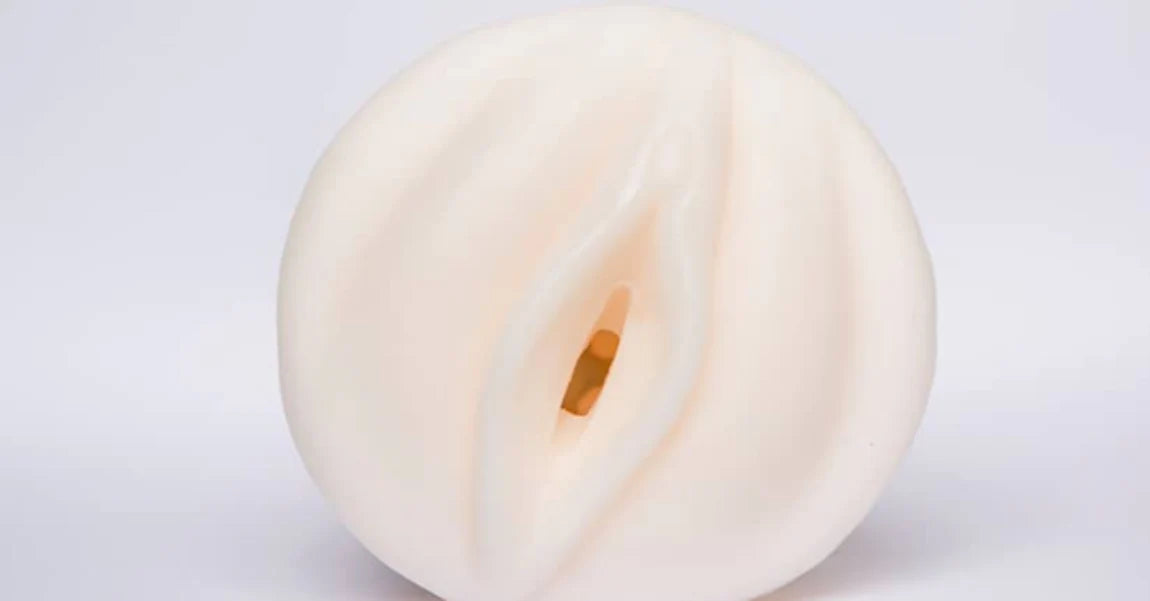
If you’ve ever washed your sleeve and wondered why it still feels damp hours later, you’re not alone. How to dry a Fleshlight is one of the most‑asked care questions—because proper drying is what p...
